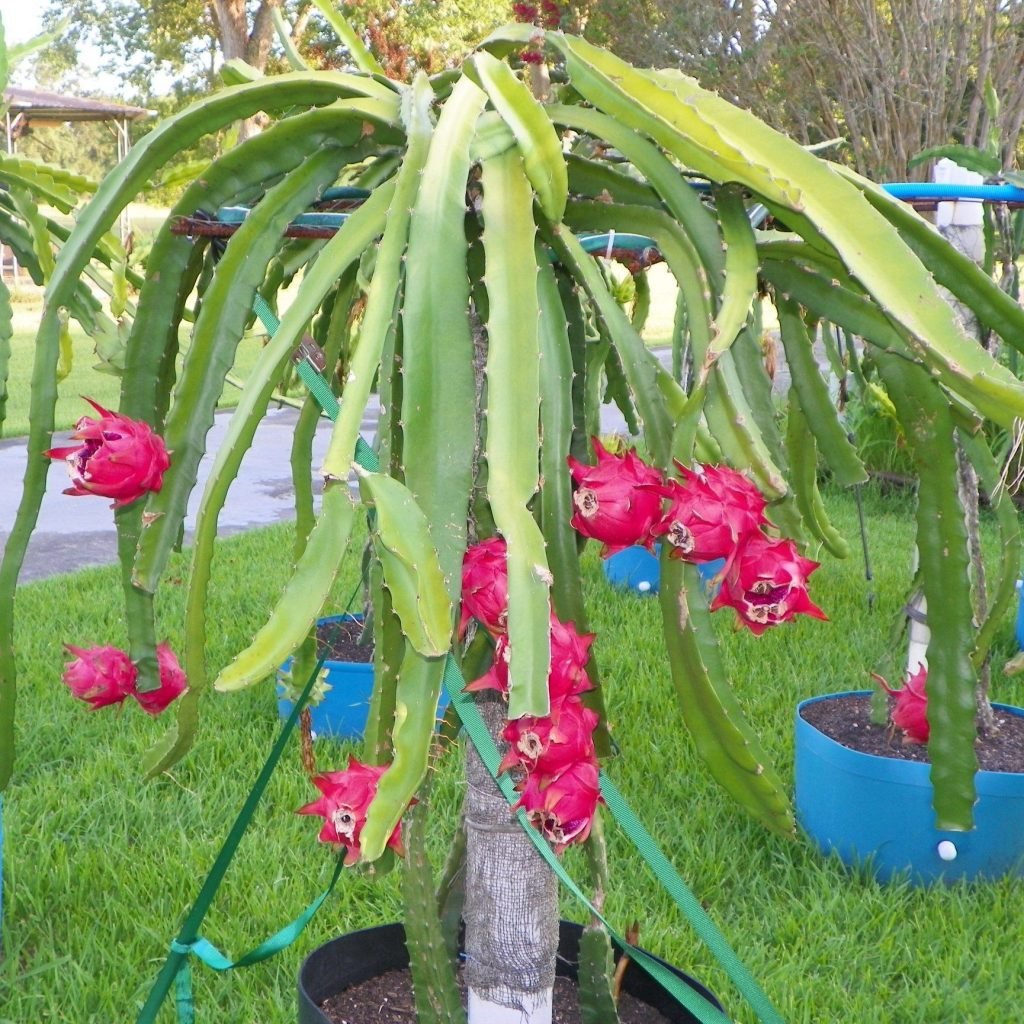Absolutely! Crafting a 3000-word article on the Dragon Fruit plant , with detailed sections and proper headings, is a great project. Here’s a comprehensive structure and content outline that you can use as a base.
Dragon Fruit Plant: A Comprehensive Guide
Introduction
Brief overview of the dragon fruit and its popularity.
Origin and distribution.
Why it’s gaining attention (nutritional benefits, unique appearance, etc.).
🐉🌵 x Yellow Dragon Fruit – Pitaya Plant Bare Root Live 1. Botanical Background
1.1. Classification and Taxonomy
Scientific name (Selenicereus spp.).
Family (Cactaceae).
Different species and varieties (white-fleshed, red-fleshed, yellow-skinned).
1.2. Physical Characteristics
Stem structure and growth habits (epiphytic cactus).
Unique flower morphology (nocturnal blooming).
Fruit appearance and variations.
2. Growing Dragon Fruit
2.1. Climate and Environmental Requirements
Optimal temperature and humidity.
Sunlight needs.
Frost sensitivity.
2.2. Soil and Planting
Ideal soil composition (well-draining).
Propagation methods (cuttings, seeds).
Support structures (trellises, posts).
Planting in pots versus ground.
2.3. Care and Maintenance
Watering techniques.
Fertilization schedules.
Pruning and training.
Pollination.
2.4. Common Pests and Diseases
Identifying and treating pests (scale insects, mealybugs).
Preventing and managing diseases (fungal infections).
How To Grow A Dragon Fruit Plant 3. Dragon Fruit Varieties
3.1. White-Fleshed Varieties (Selenicereus undatus)
Characteristics and taste.
Cultivation details.
3.2. Red-Fleshed Varieties (Selenicereus costaricensis)
Characteristics and taste.
Cultivation details.
3.3. Yellow-Skinned Varieties (Selenicereus megalanthus)
Characteristics and taste.
Cultivation details.
3.4. Other Notable Varieties
Hybrid varieties.
Less common types.
4. Nutritional Benefits and Culinary Uses
4.1. Nutritional Profile
Vitamins and minerals.
Antioxidant properties.
Fiber content.
4.2. Health Benefits
Impact on blood sugar levels.
Digestive health.
Immune system support.
4.3. Culinary Applications
Fresh consumption.
Smoothies and juices.
Desserts and pastries.
Other culinary uses.
Dragon Fruit Cactus Indoor Care: How to Grow Pitaya Plants 5. Harvesting and Post-Harvest Handling
5.1. Signs of Ripeness
Color changes.
Texture and firmness.
5.2. Harvesting Techniques
Proper tools and methods.
5.3. Storage and Shelf Life
Optimal storage conditions.
Extending freshness.
6. Commercial Cultivation and Global Market
6.1. Major Growing Regions
Southeast Asia.
Central and South America.
Other emerging regions.
6.2. Market Trends and Demand
Increasing popularity and consumption.
Export and import dynamics.
6.3. Economic Impact
The role of dragon fruit in local economies.
7. Dragon Fruit and Sustainability
7.1. Environmental Considerations
Water usage.
Pesticide use.
7.2. Sustainable Growing Practices
Organic cultivation.
Water conservation.
7.3. Future Outlook
Potential for expanded sustainable production.
Conclusion
Summarizing the key points.
The future of dragon fruit cultivation and consumption.
Here is a example of how to change the list items:
Instead of:
Climate and Environmental Requirements
Optimal temperature and humidity.
Sunlight needs.
Frost sensitivity.
Use:
2.1. Climate and Environmental Requirements
Optimal temperature and humidity.
Sunlight needs.
Frost sensitivity.
Key Considerations:
Research: Use reliable sources for accurate information.
Images: Adding high-quality images enhances the article.
Structure: Use clear headings and subheadings for easy reading.
Detail: Provide in-depth information on each topic.
By following this outline, you can create a comprehensive and engaging 3000-word article on the dragon fruit plant.




:max_bytes(150000):strip_icc()/gerber-daises-4121360-hero-bfd1a98e8bb44c45891b84d9df63b5ac.jpeg?resize=200,135&ssl=1)

